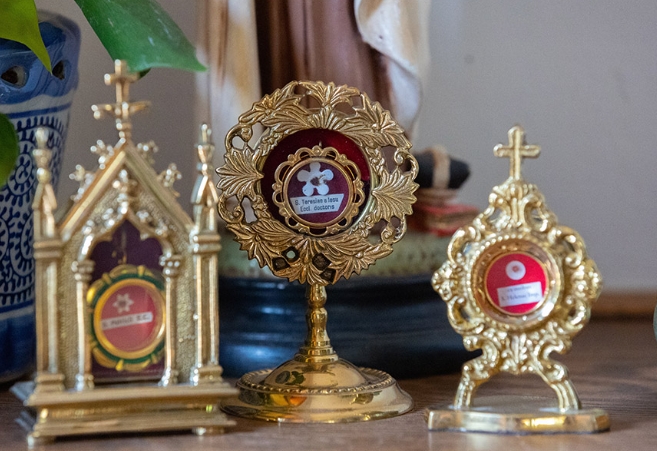Catholic relics hold a special place in the hearts of the faithful, often shrouded in mystery and intrigue. These sacred objects have a fascinating history that dates back centuries, offering a glimpse into the lives of saints and the miracles attributed to them.
The Meaning of Relics
Relics are physical objects that are believed to have a direct connection to a saint or a sacred event in the Christian tradition. These objects can range from pieces of clothing or hair to fragments of bones or even entire bodies of saints. The veneration of relics is a common practice in the Catholic Church, as it is believed that they hold spiritual power and can intercede on behalf of the faithful.
Types of Relics
There are three classes of relics in the Catholic Church: first-class relics are physical remains of a saint or an object directly associated with them, such as a piece of their clothing or a personal item. Second-class relics are objects that have come into contact with a first-class relic, such as a piece of cloth used to clean the bones of a saint. Third-class relics are items that have been touched to a first- or second-class relic.
The History of Relics
The veneration of relics dates back to the early days of Christianity, when believers would gather at the tombs of martyrs to pray for their intercession. The practice became more widespread in the Middle Ages, with relics being housed in churches and used in rituals and ceremonies. The trade in relics also became a lucrative business, with merchants selling fragments of bones and other objects to pilgrims seeking spiritual blessings.
Controversies Surrounding Relics
Over the centuries, the veneration of relics has been met with skepticism and criticism from some within the Church. The Protestant Reformation in the 16th century rejected the practice of relic veneration as superstition and idolatry. In more recent times, the authenticity of some relics has been called into question, with DNA testing revealing that some bones purported to be those of saints were actually from animals or from different time periods.
The Power of Relics
Despite the controversies surrounding relics, many Catholics continue to venerate these sacred objects as a tangible connection to the divine. The belief in the power of relics to heal, protect, and perform miracles remains strong, with believers flocking to churches and shrines to pray before these holy artifacts. For many, relics are a physical reminder of the saints’ presence in their lives and a source of inspiration and comfort in times of need.
In conclusion, the history of Catholic relics is a rich tapestry of faith, tradition, and devotion. These sacred objects offer a glimpse into the lives of the saints and the miracles attributed to them, sparking wonder and awe in believers around the world. Whether viewed as a symbol of faith or a vessel of divine power, relics continue to hold a special place in the hearts of the faithful, connecting them to the spiritual legacy of the Church.

